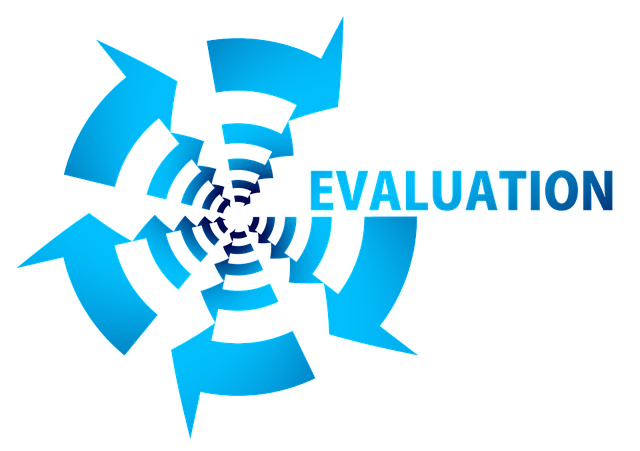Q6 Evaluation: Introduction
Introduction
Let’s Wrap It Up: Time to Test and Tweak!
You’ve made it to the final stage of Computational Thinking - Evaluation. This is where you become the tester, the fixer, and the idea-improver!
Think of it like this: You just designed your very own video game. Now it’s time to play it!
- Does it actually work the way you planned?
- Is it fun or kind of confusing?
- Do the rules make sense, or are they a bit wacky?
If something feels off or could be even better, this is your moment to level it up.
Ask yourself - or a friend:
- Did I solve the problem I started with?
- Can I make it faster, cooler, or simpler?
- What advice can help me make it awesome?
Kind of like double-checking your homework or rereading an essay before turning it in, evaluation helps make sure your solution is solid and ready for prime time!
Learning Objectives
I can:
- Take a good look at my tricky problem and how I solved it.
- Listen to helpful feedback to make my work even better.
- Make improvements based on what I’ve learned and what others suggest.

Competencies and Standards
MITECS Michigan Integrated Technology Competencies for Students, and
1. Empowered Learner
a. Articulate and set personal learning goals, developing strategies leveraging technology to achieve them, and reflect on the learning process itself to improve learning outcomes.
c. Use technology to seek feedback that informs and improves their practice and to demonstrate their learning in a variety of ways.
3. Knowledge Constructor
a. Plan and employ effective research strategies to locate information and other resources for their intellectual or creative pursuits.
b. Evaluate the accuracy, perspective, credibility, and relevance of information, media, data or other resources.
c. Curate information from digital resources using a variety of tools and methods to create collections of artifacts that demonstrate meaningful connections or conclusions
d. Build knowledge by actively exploring real-world issues and problems, developing ideas and theories, and pursuing answers and solutions.
5. Computational Thinker
a. Formulate problem definitions suited for technology-assisted methods such as data analysis, abstract models, and algorithmic thinking in exploring and finding solutions.
b. Collect data or identify relevant data sets, use digital tools to analyze them, and represent data in various ways to facilitate problem-solving and decision-making.
c. Break problems into parts, extract key information, and develop descriptive models to understand complex systems or facilitate problem-solving.
d. Understands how automation works and uses algorithmic thinking to develop a sequence of steps to create and test automated solutions.
Websites and Documents
Websites
Videos from Outside Sources
21t4s Documents & Quizzes




